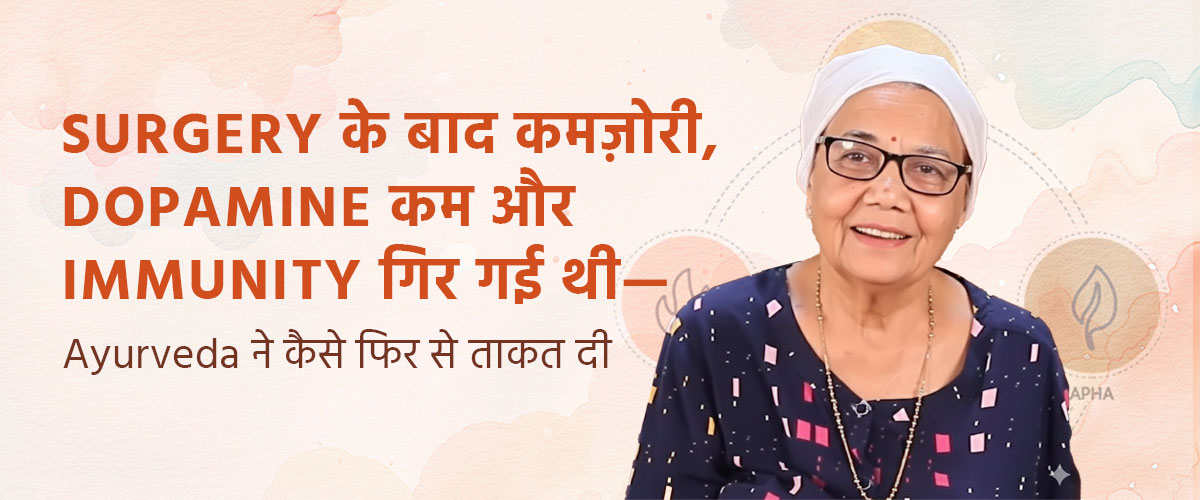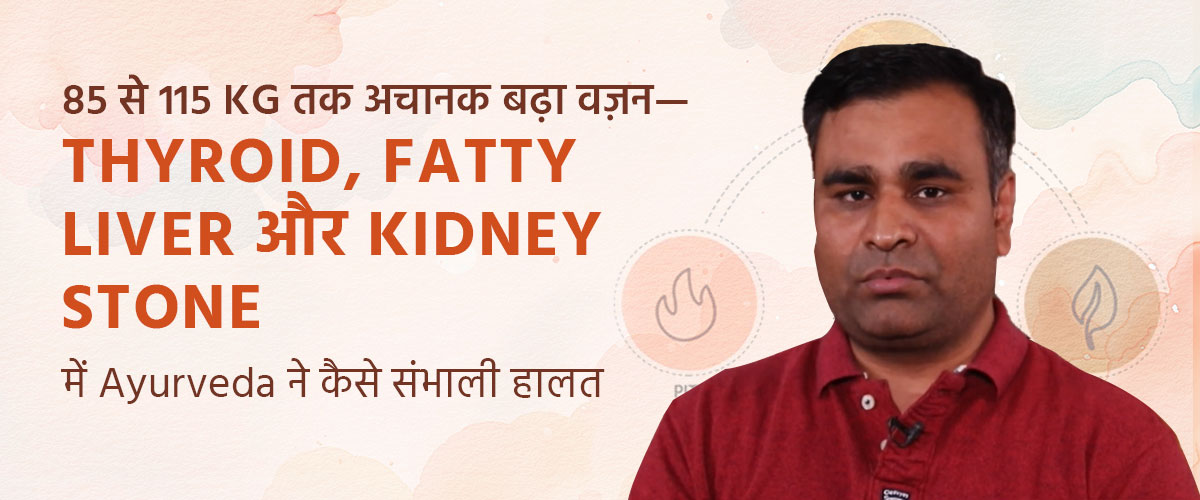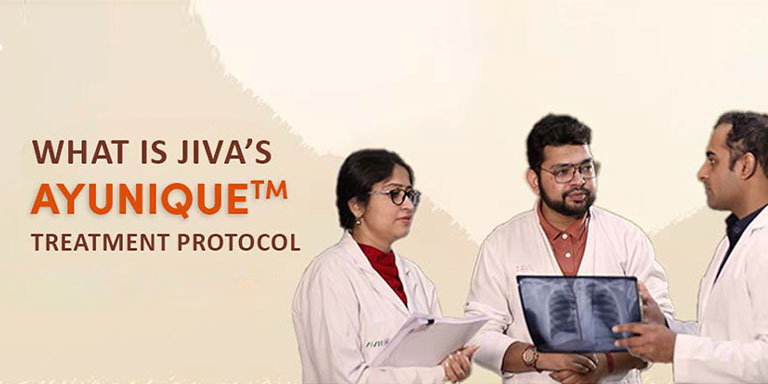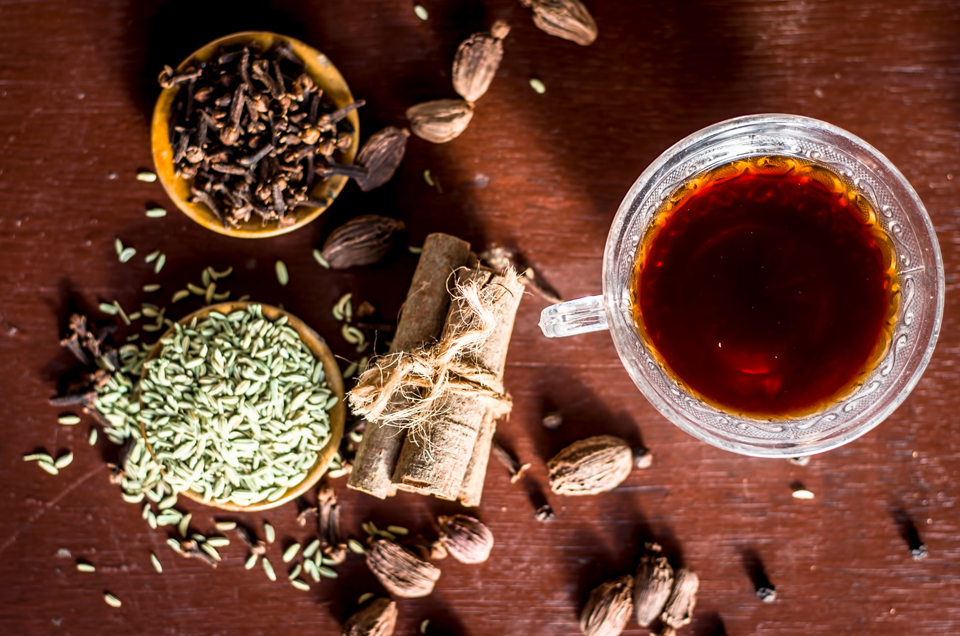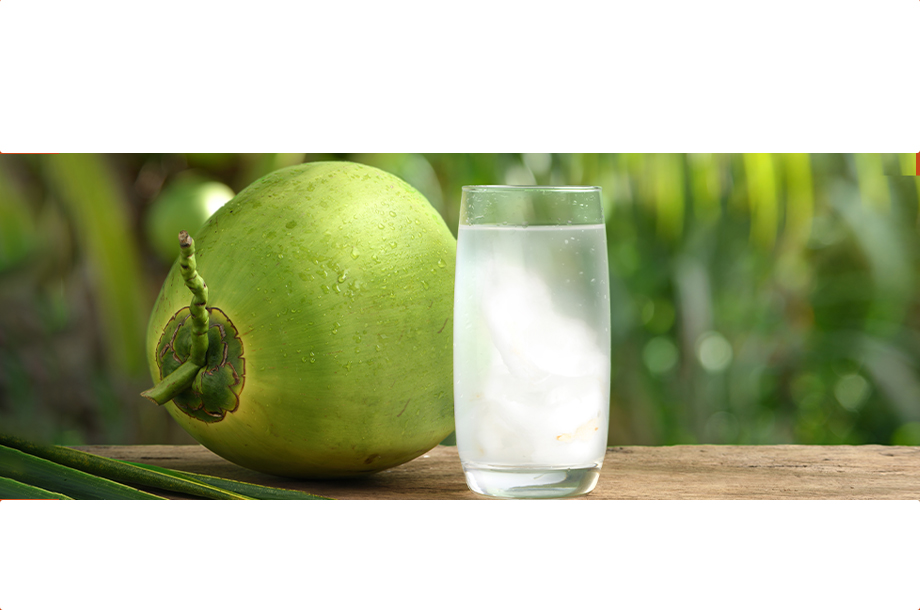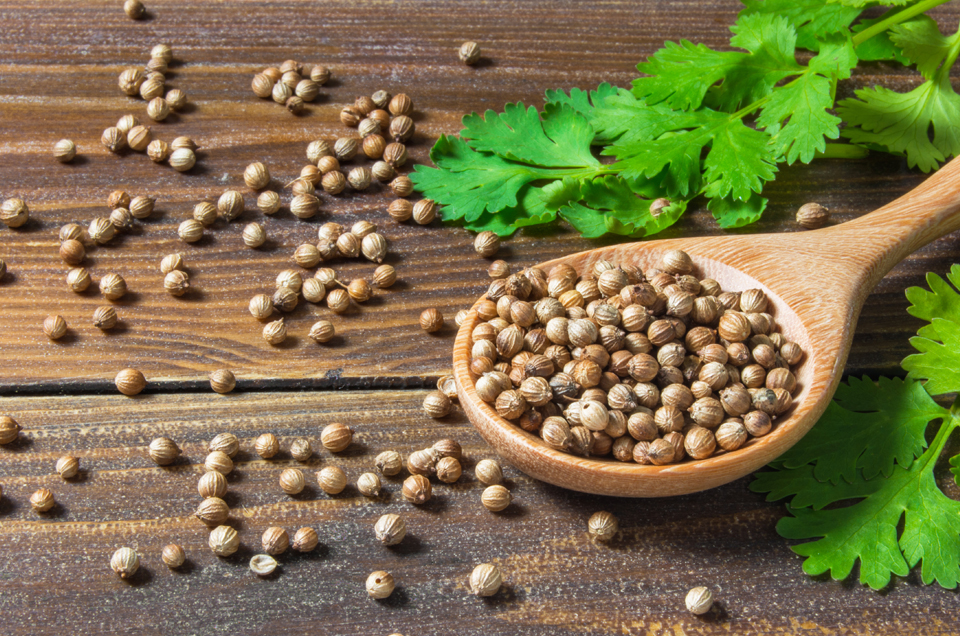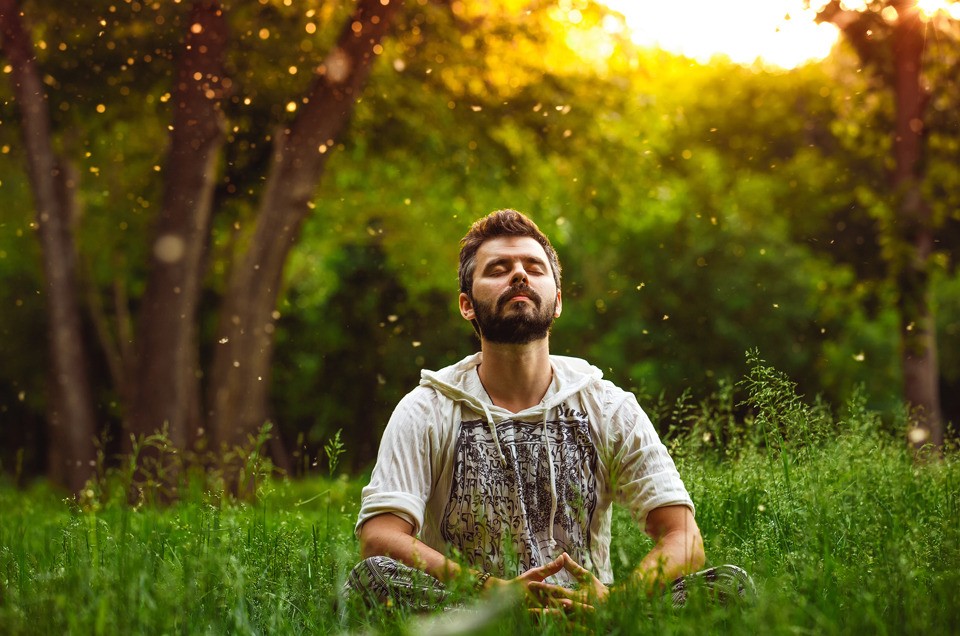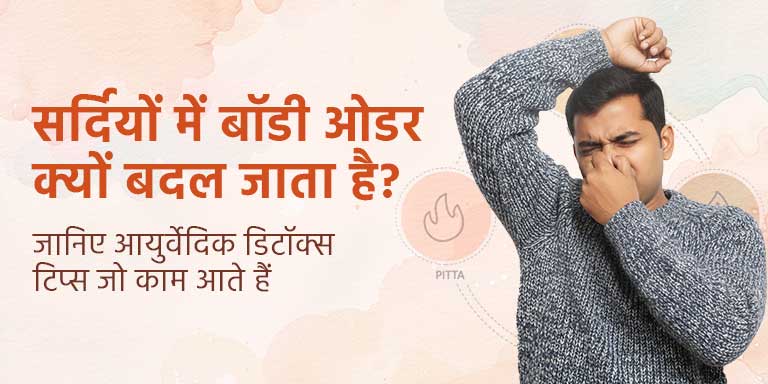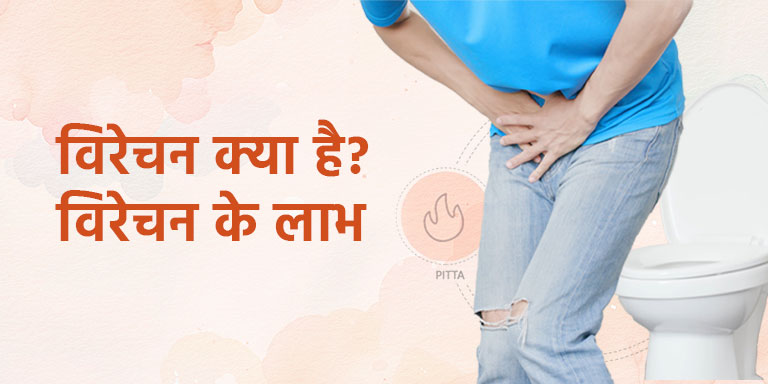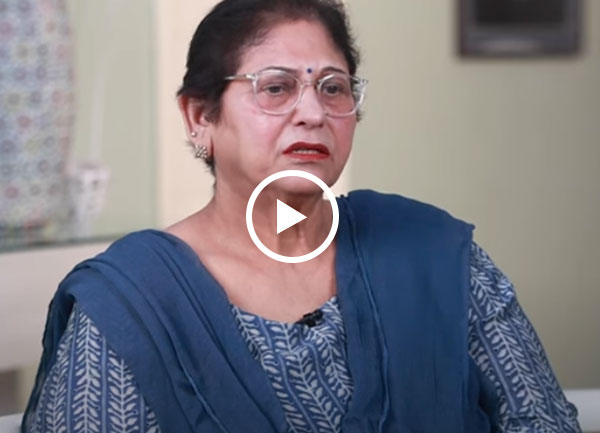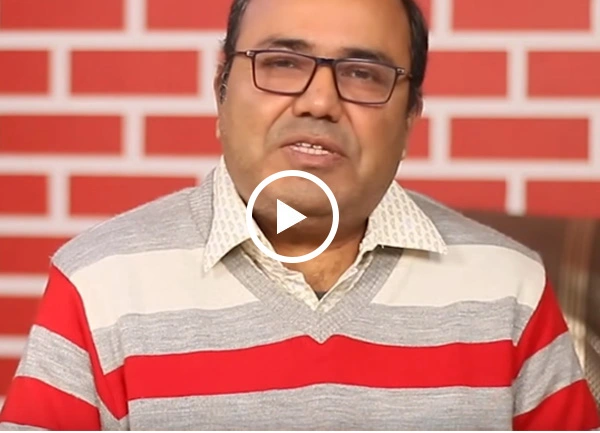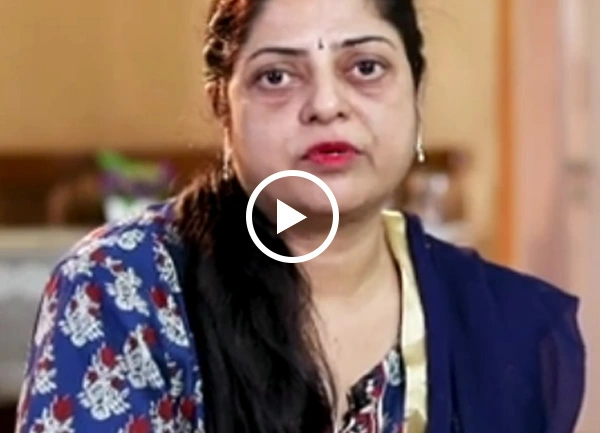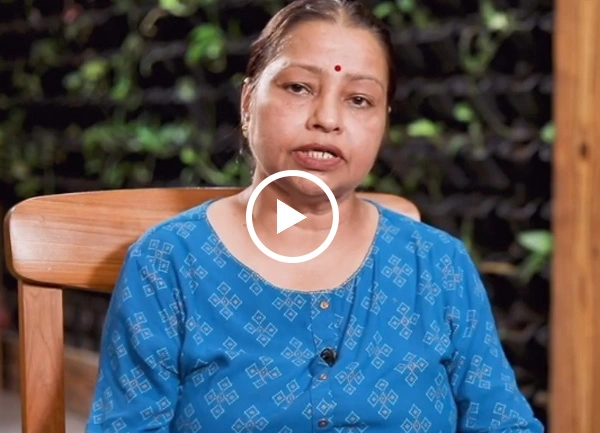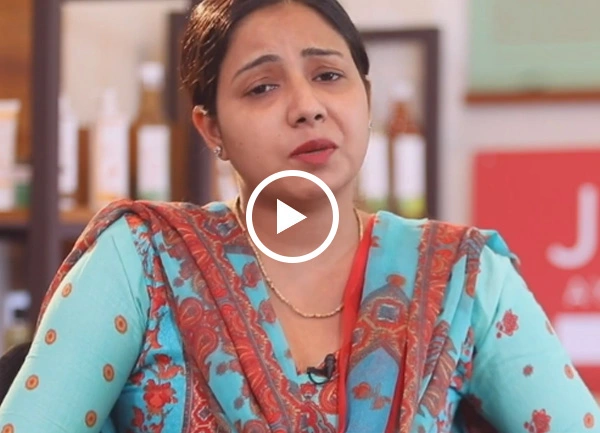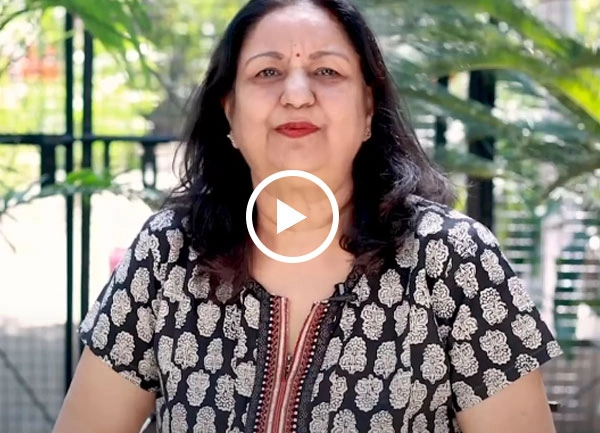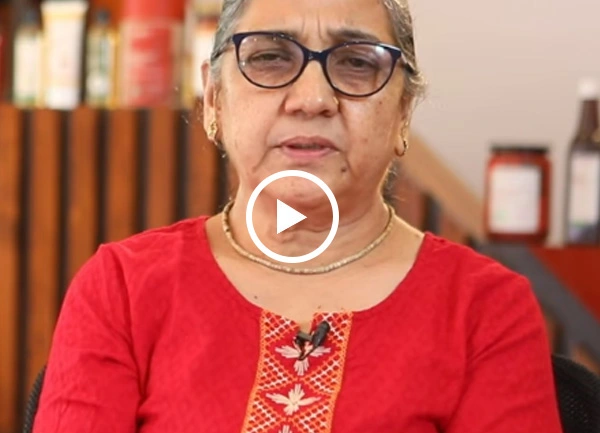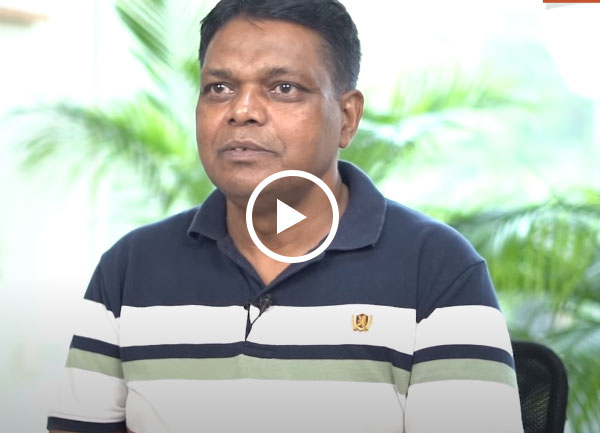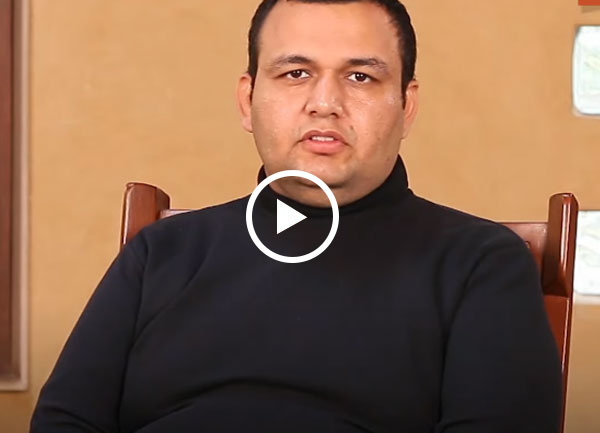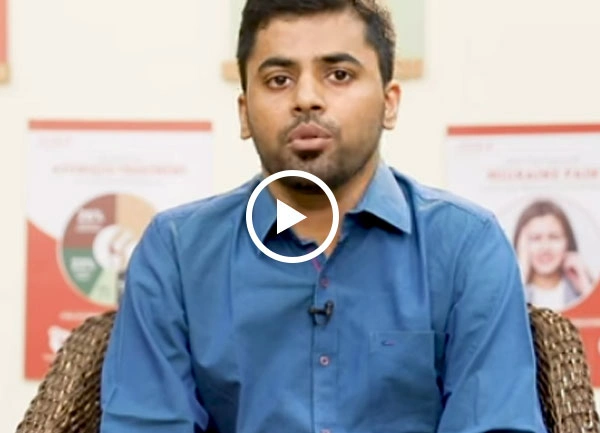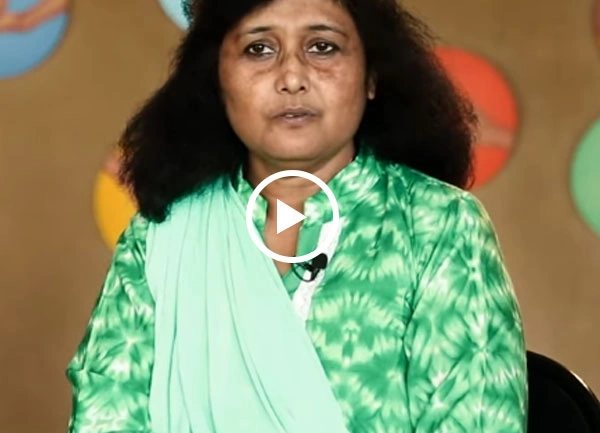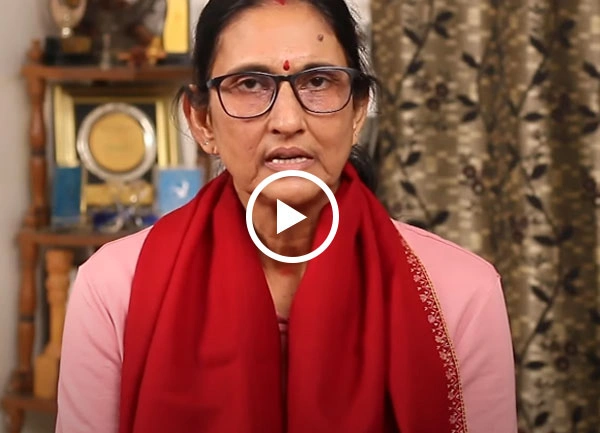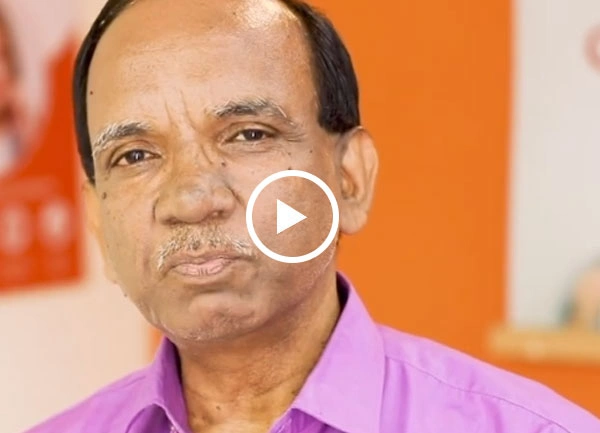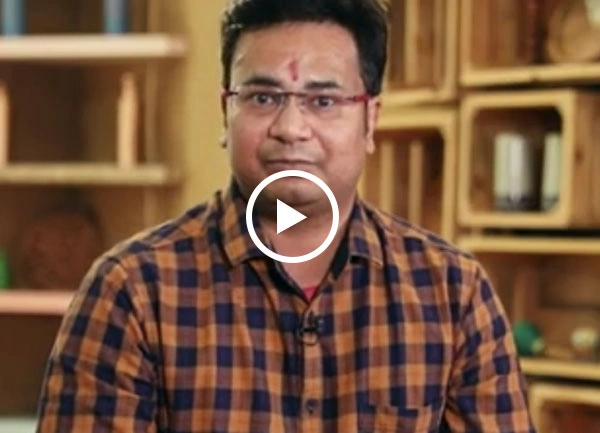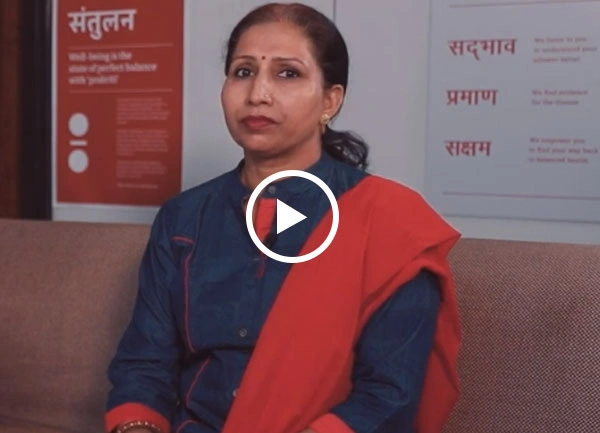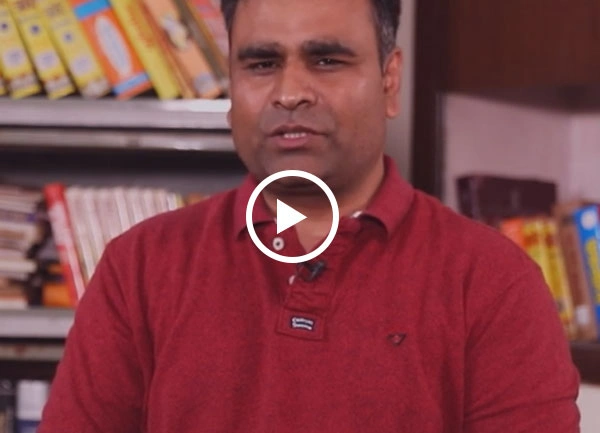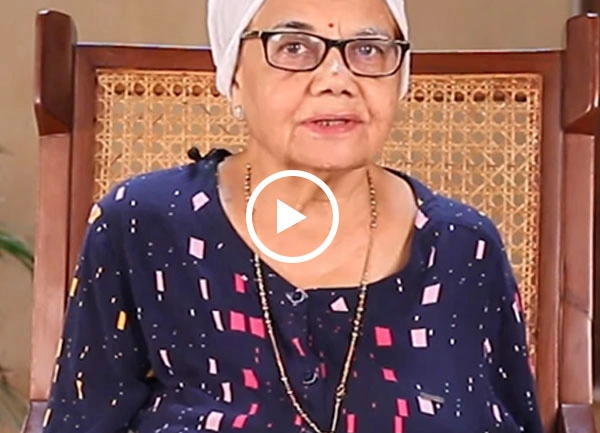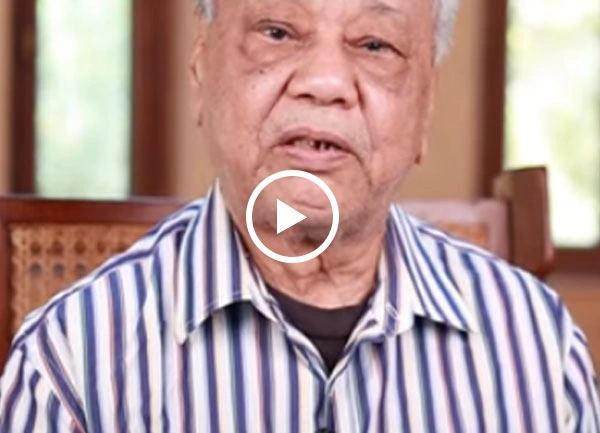For a person to be healthy, the Tridoshas (Vata, Pitta, Kapha) has to be in balance. With Panchakarma therapy the Tridoshas are brought in balance and toxins are eliminated to clear the channels (strotas) for unrestricted flow of nourishment and energy throughout the body. Panchakarma is commonly described as a combination of 5 individual therapies which are:
-
Vamana
-
Virechana
-
Vasti
-
Nasya
-
Rakta Mochana
Significance of Panchakarma in Ayurvedic Treatment:
Based on the health status of the patient and the disease, Ayurveda lays special significance on treatment as well as cleansing – especially in chronic diseases. When diseases become chronic, the toxic elements penetrate deep into the physiology of the patient. Because of this it is becomes difficult for medicines to cause the necessary remedial effect. Under such conditions, it becomes necessary to first rid the body of toxins and unblock the channels. In short, Panchakarma prepares the body to receive the benefits of medicines and heal properly.
Difference between Spa and Panchakarma:
Nobody has been able to escape the rush of modern lifestyle. Spa is a fashionable way to de-stress and relax. Unlike spas which work only to relax the body, Panchakarma is therapeutic and has healing effects on the body and is used as curative/preventive method in ayurvedic treatment. Depending on the need of the patient, Panchakarma begins with Snehana or Svedana which prepares the body for the other therapies. Snehana is an oleation process and Svedana uses herbal steam to stimulate the sweat glands to eliminate toxins.
Panchakarma Therapies for Monsoons:
To keep the common monsoonal problems at bay, the following Panchakarma processes are recommended by ayurvedic doctors.
-
Abhyanga
-
Dhara
-
Svedana
-
Virechana
Additionally, other therapies are also prescribed depending on the patient’s health status and disease diagnosis.
Benefits of Panchakarma:
-
Panchakarma is very effective in establishing a psychological and physical balance.
-
Panchakarma clears the pores in the body which helps in elimination of toxins.
-
Detoxified and clean skin makes you look younger.
-
Panchakarma balances the Tridoshas (Vata, Pitta & Kapha) which makes you feel rejuvenated and healthy both mentally and bodily.
-
All internal organs of the body functions properly thereby enhancing immunity and keeping you disease-free.



